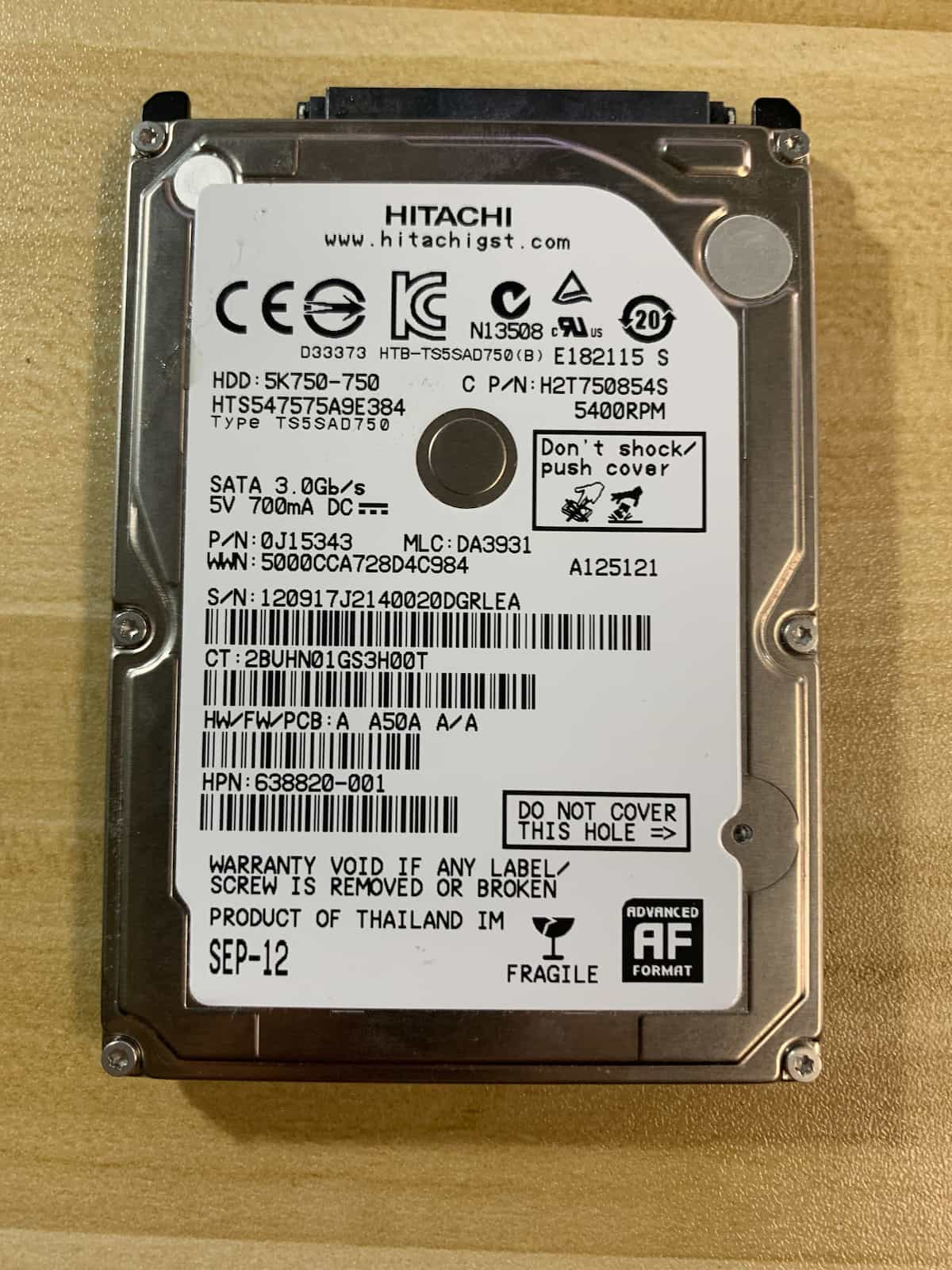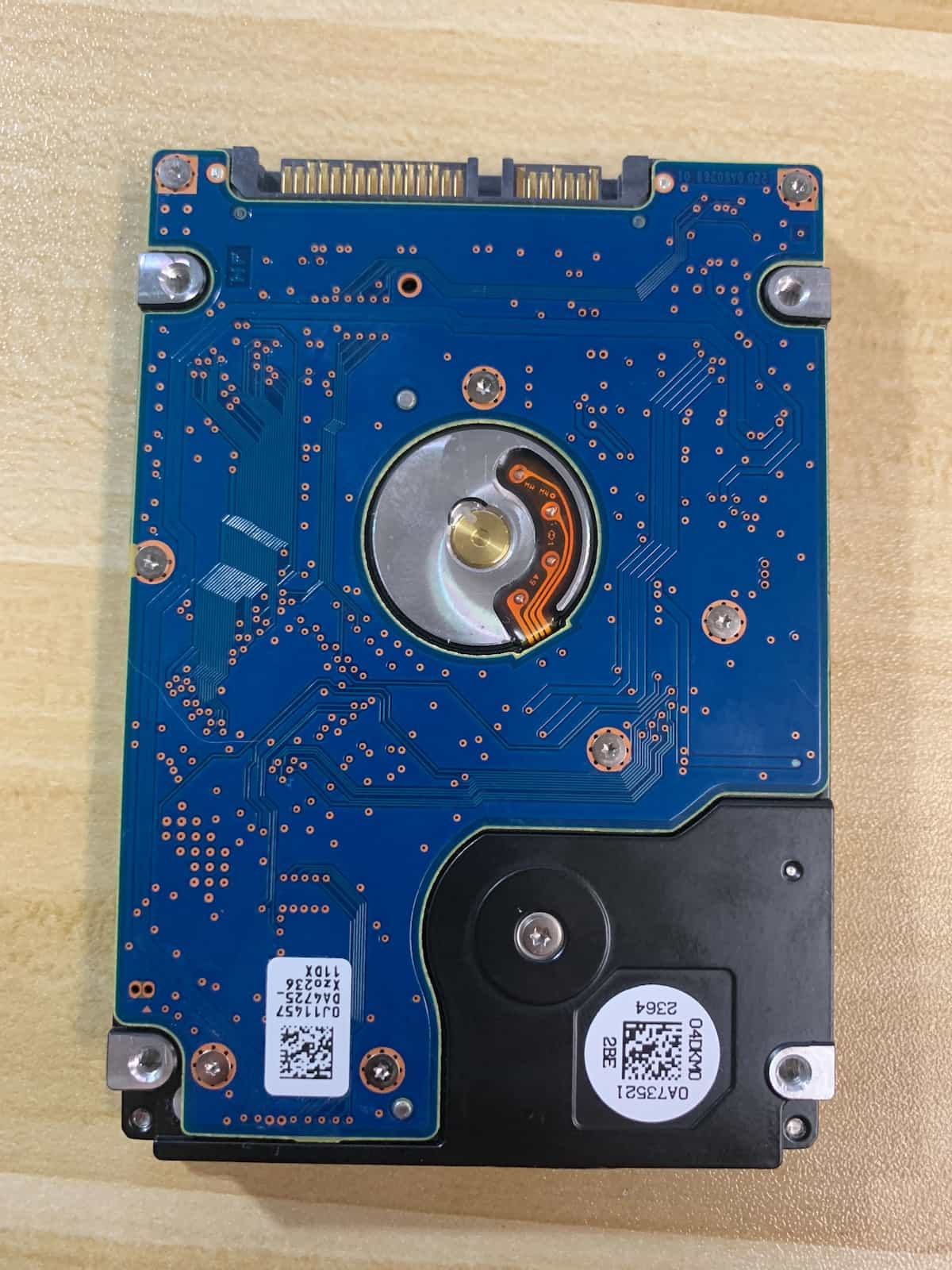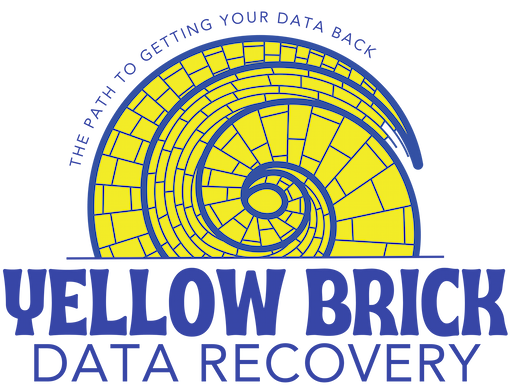A customer called in to discuss their Hitachi data recovery as their hard drive had stopped working and was completely dead. The hard drive came from a laptop and stored important work documents that were not backed up anywhere else. The shop that the customer had brought the computer to for diagnosis had found that the issue was the hard drive and attempted to get the important files recovered.
When the repair shop was unsuccessful in getting the data back, they recommended us to the client as a good recovery company. We have worked with this shop for the last year or so providing the best recovery services possible to their clients when they are not able to get the data back themselves. We have a few different options available to shops that would like to work with us, so please contact us if you are interested in working together!
Dead Hitachi Data Recovery
When the drive arrived I started with my standard visual diagnosis. In a case where the issue is reported to be a completely dead drive, I start by looking at the printed circuit board. If a chip stops working on the PCB, the electricity might be stopped from flowing all the way to the hard drive motor. This is the most likely cause of a completely dead Hitachi drive.
The printed circuit board (or PCB) is the electric portion of the hard drive. It is a thin piece of fiberglass or other insulating material that has been etched with a conductive pattern. This pattern connects the various components of the hard drive and allows electricity to flow between them. The PCB is typically mounted on the bottom of the hard drive and is attached to the drive’s casing with screws.
Swapping the PCB
This dead Hitachi drive had some goop present on the PCB! So the next step was to complete a PCB swap. I waited for a donor part to arrive and then completed the swap. Keep in mind when you swap PCBs on hard drives, you almost always need to transfer the ROM from the original PCB to the donor PCB. Be sure to keep track of both parts by labeling them, as people often become confused. For this particular Hitachi drive, you move the NVRAM over from the old PCB to the new PCB.
Once the PCB swap was complete, I connected the drive up to my PC-3000 and powered it on for testing. The drive did spin up and got ready! I completed all the standard pre-configuration that I do before starting an imager on a drive, then started with the imager to clone all the sectors from the dead Hitachi to a known good drive.


Another Successful Hitachi Recovery
The cloning of the bad drive to the good drive went pretty smoothly! It took two passes with my imager to get back 100% of the sectors on the drive, and then I was ready to move on to the next process, recovering the files from the recovered sectors.
During the imaging process, you attempt to get as close to 100% of the sectors cloned as you can. In this case, I was able to get 100%, but often times the most you will be able to get is 99.9999% or similar. Once this cloning process completes, then you need to run data recovery software to look through all those recovered sectors and find the data that is in them.
All the data was easily found with all folder structure intact. I tested the important data to verify it opened without an issue, and then started the final step of the data recovery process, transferring all the recovered files onto the customer’s new hard drive.
The entire recovery process took about 4 days on this project and was covered under our inexpensive Standard+ flat rate.
The Best Data Recovery Service
I am proud to be able to offer the best data recovery services possible to my clients. I have the same tools and expertise as the big data recovery companies but without the expensive overhead! I would be very pleased to work with you on recovering your important data, just contact me to discuss any questions you have, or fill out my data recovery form to get started. Thanks for reading!
Drive info: Hitachi 750GB Laptop Hard Drive, HDD: 5K750-750, HTS547575A9E384, C P/N: H2T750854S, P/N: 0J15343, MLC: DA3931, SEP-12, Product of Thailand IM, WWN: 5000CCA728D4C984
